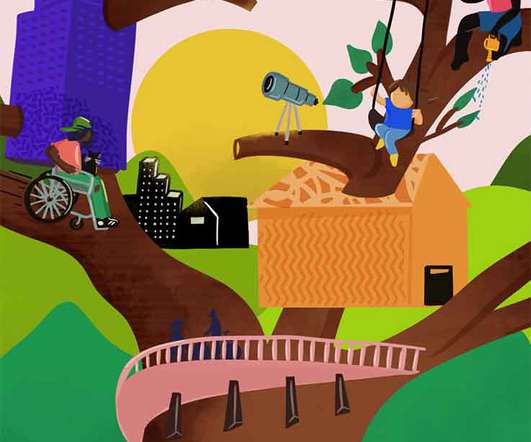Shifting the Harmful Narratives and Practices of Work Requirements
NonProfit Quarterly
FEBRUARY 29, 2024
A job that pays less than childcare costs, imposes schedules on short notice, and doesn’t offer benefits cannot help people escape poverty. But because of narratives about what poor people and people of color deserve, they are relegated to jobs that perpetuate cycles of poverty and disenfranchisement. They’re effective.













Let's personalize your content